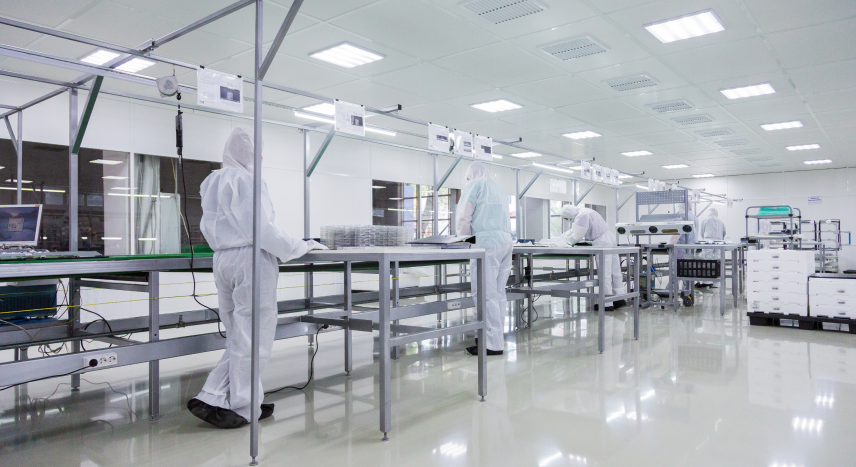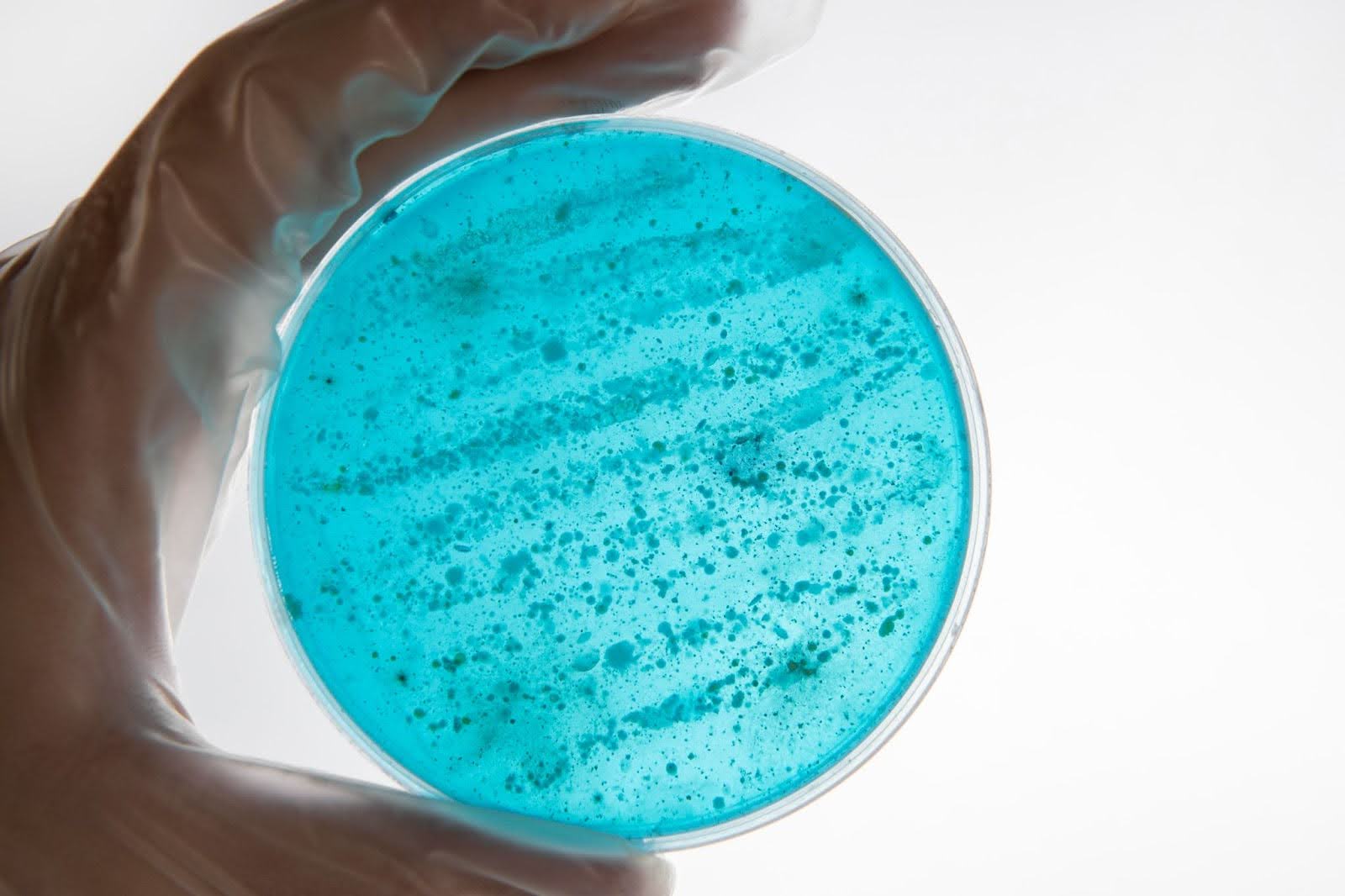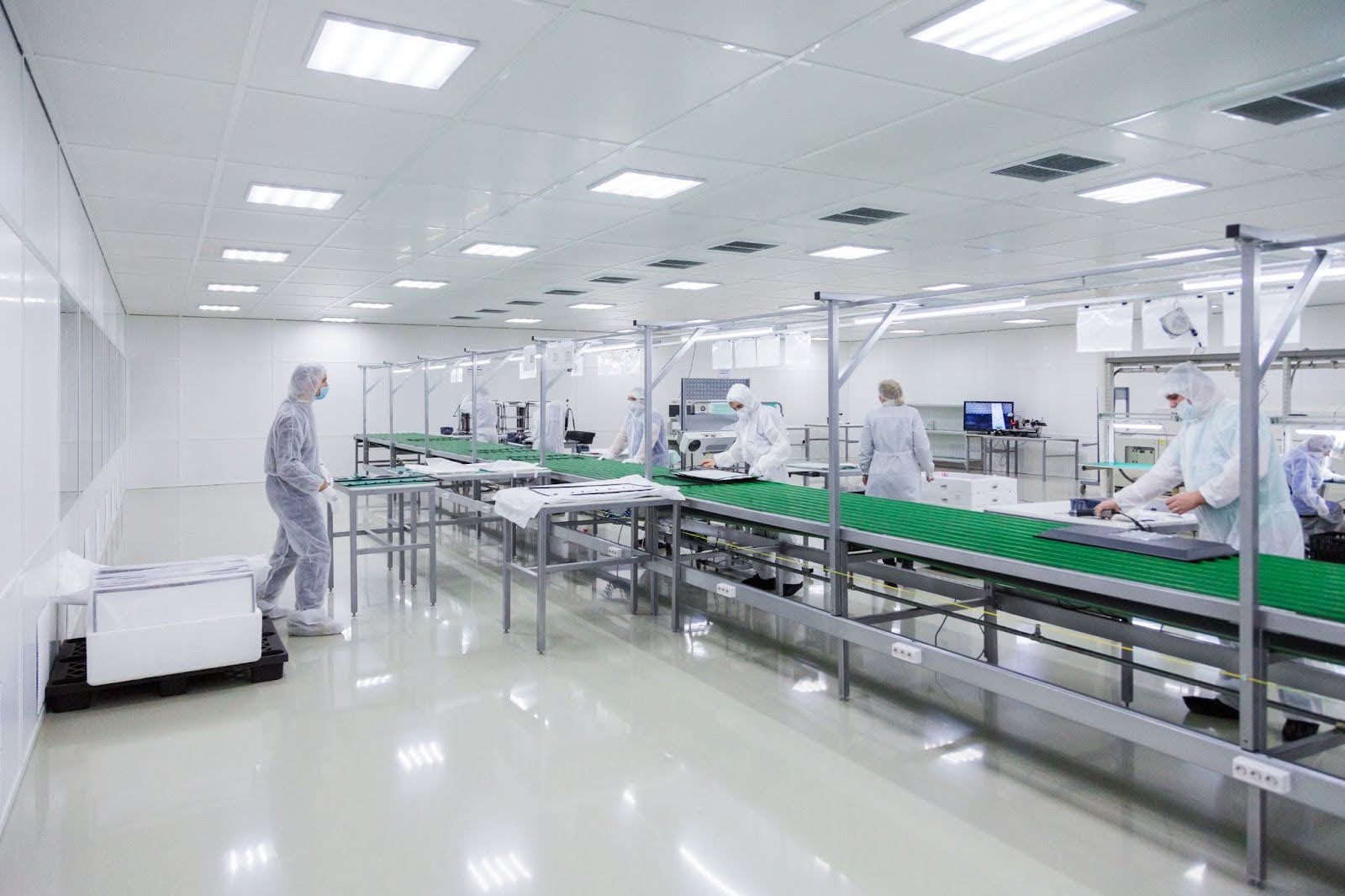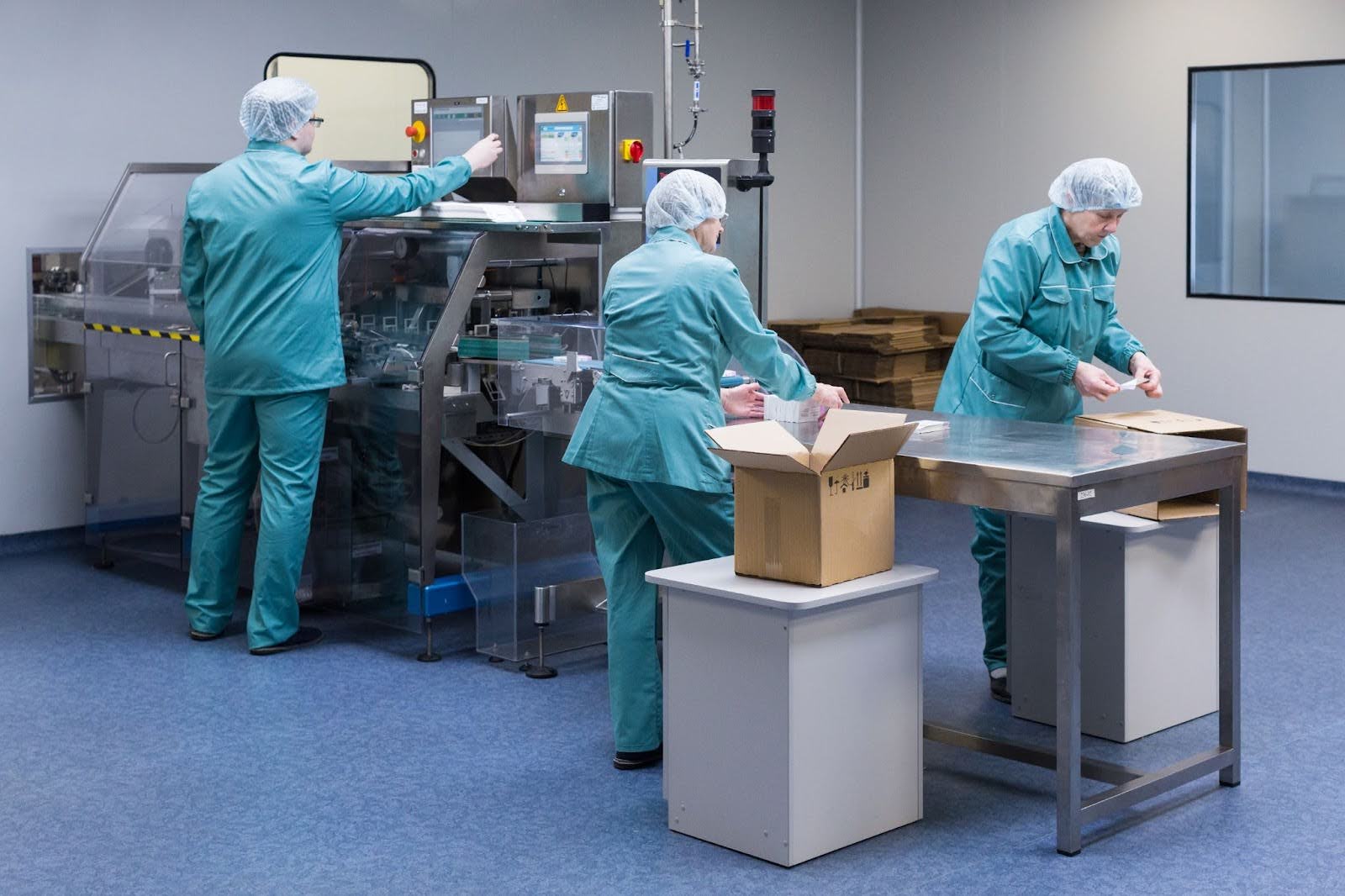by Vaibhavi M.
10 minutes
Media & Incubation — Single vs Dual Temperature Strategies in the Pharmaceutical Cleanroom Industry
Compare single vs dual temperature incubation strategies for microbial recovery, compliance, and cleanroom efficiency.

Microbiological media preparation and incubation are small, yet routine, activities that have a significant impact on product safety, release timelines, and regulatory compliance. Maintaining stringent nonviable particle monitoring in cleanrooms complements incubation controls by ensuring airborne contamination remains within regulated thresholds.
Choosing between a single-temperature or dual-temperature incubation strategy affects organism recovery, laboratory throughput, equipment requirements and cleanroom contamination risk.
This article compares the two approaches, explains where each is suitable, and provides practical considerations for implementation in regulated pharmaceutical cleanroom environments.
What are the strategies?
A single-temperature strategy uses one setpoint for all routine incubations (one incubator temperature and one incubation policy). A dual-temperature strategy separates incubations into two temperature ranges — typically a higher temperature optimized for bacterial recovery and a lower temperature to favor fungal (mold/yeast) recovery — and runs them either in parallel or sequentially.
Microbiology rationale: why temperature matters
Different organisms grow best at different temperatures. Bacterial contaminants commonly associated with personnel and water systems recover well at warmer temperatures (commonly 30–37 °C, depending on the target organism and method). Many environmental fungi and slower-growing molds are more readily detected at lower temperatures (commonly 20–25 °C). Using a single temperature may bias recovery: a warm single setpoint can under-recover environmental fungi, while a cooler single setpoint can slow bacterial growth and extend the time-to-result. Parallel programs for surface monitoring in pharmaceutical cleanrooms help verify whether microbial recovery trends align with incubation strategies.
Practical considerations for cleanroom implementation
Regulatory & compendial alignment
Before adopting one approach, check applicable compendial methods (e.g., USP/Ph. Eur.) and local regulations. Many regulatory expectations favor separate conditions for bacterial vs fungal recovery for environmental monitoring and non-sterile product testing. Document rationale and risk assessment clearly.
Risk-based decision making
Use a documented risk assessment considering:
- Product type and sterility risk (sterile products generally demand the most sensitive detection).
- Historical EM data (if fungi have been a recurring issue, dual temps are advantageous).
- Facility environment (humid, older HVAC, or nearby construction increase fungal risk).
- Throughput and turnaround time needs.
Equipment, validation & qualification
Whether single or dual, incubators must be qualified for uniformity, recovery performance, alarm systems and data logging. For dual strategies:
- Validate both temperature ranges and perform mapping across load conditions.
- Consider using separate incubators for fungal and bacterial work to avoid cross-contamination and simplify load tracking.
- Ensure calibration traceability and routine preventative maintenance are in place.
Workflow design and segregation
Dual-temperature strategies benefit from clear physical/temporal segregation:
- Separate benches or laboratories for handling fungal samples, or dedicated days for processing fungal plates.
- Unambiguous labeling and sample tracking so plates are not mis-incubated.
- Robust cleaning and disinfection between runs; use validated disinfectants active against environmental spores.
Sample handling & plate splitting
Dual strategies may require splitting samples onto different media/incubation sets. SOPs must define:
- When and how to split (e.g., contact plates vs settle plates).
- Plate incubation start times — stagger or simultaneous depending on equipment.
- Acceptance criteria and how results from different temps are reconciled into a single EM report or trending dataset.
Turnaround time vs sensitivity tradeoff
Single-temperature setups can be faster operationally but risk lower sensitivity for certain organisms. Dual strategies can increase detection sensitivity but add steps and potentially lengthen processing time. Proper Annex 1 material transfer airlocks usage further minimizes contamination risks during incubation cycles and plate transfers between clean zones.
Use trend data to optimize incubation durations — a risk-based balance between speed and detection capability.
Data integrity & trending
Maintain robust data capture: incubator logs, alarms, environmental conditions and chain-of-custody. For EM trending, store temperature-specific results so patterns (e.g., seasonal fungal spikes) are visible. Adopting rapid microbiological methods in cleanroom monitoring can complement incubation data by providing faster microbial detection insights.
This supports corrective actions and preventive maintenance in HVAC and contamination control strategies.
- Are compendial/regulatory methods explicit about temperatures? If yes, follow them.
- Does historical EM data indicate the presence of fungi or slow-growing organisms? Dual is preferable.
- Do you have space, budget and personnel for validated dual incubators? If not, consider validated single-temp plus complementary fungal surveillance techniques.
- Can SOPs and workflow segregation prevent cross-contamination if dual temps are used? If no, mitigate before adopting.
Conclusion
There is no one-size-fits-all answer. For high-risk sterile operations and facilities with documented fungal challenges, a dual-temperature strategy generally improves detection sensitivity and compliance. For lower-risk operations with constrained space and stable EM histories, a well-validated single-temperature approach paired with targeted fungal surveillance may be acceptable.
Whatever path is chosen, make it explicit in a formal risk assessment, validate thoroughly, and ensure SOPs, training and data systems support reliable execution and trending. To further reinforce sterility assurance, facilities can integrate closed-system sterility assurance techniques that align with validated incubation and monitoring protocols.
FAQs
1. What is the difference between single and dual temperature incubation in pharma cleanrooms?
Single-temperature incubation uses a single setpoint for all microbiological samples, whereas dual-temperature incubation employs two—typically one for bacterial recovery (30–35 °C) and another for fungal recovery (20–25 °C)—to enhance overall detection sensitivity.
2. Why is dual temperature incubation preferred for environmental monitoring?
Dual-temperature incubation ensures recovery of a broader spectrum of microorganisms, including slow-growing fungi, providing a more accurate picture of cleanroom contamination levels.
3. Can a single-temperature strategy meet regulatory requirements?
It can, if justified by a risk assessment and validated to show equivalent recovery. However, most pharmacopeial methods (USP, Ph. Eur..) recommend two incubation temperatures for optimal recovery.
4. How should incubators be validated for microbiological testing?
Each incubator must be qualified for temperature uniformity, calibration accuracy, and performance verification across both loaded and unloaded conditions, with documentation aligned with GMP and data integrity principles.
5. What factors influence choosing between single and dual temperature incubation?
The decision depends on product type, facility risk level, historical environmental monitoring data, available space, and the need for regulatory alignment and turnaround efficiency.




